Key Takeaways:
- Understanding the risks of heatwaves on cats is crucial for their safety.
- There are several effective strategies to keep cats cool and hydrated during hot weather.
- Indoor environments can be optimized to ensure the well-being of cats during extreme temperatures.
As the mercury rises and the days become longer, pet owners often ponder whether should cats be kept indoors during a heatwave. With the well-being of our feline friends at stake, it's essential to understand the risks and precautions necessary to ensure their safety and comfort during the warmer weather.
The Dangers of Heatwaves for Cats
Cats are just as susceptible to the dangers of hot weather as humans. Heat stroke and dehydration are serious health issues that can arise from extreme heat. Long haired cats, in particular, may struggle to stay cool due to their dense fur. Light colored fur can also be a concern, as it may lead to skin cancer if exposed to too much sunlight.
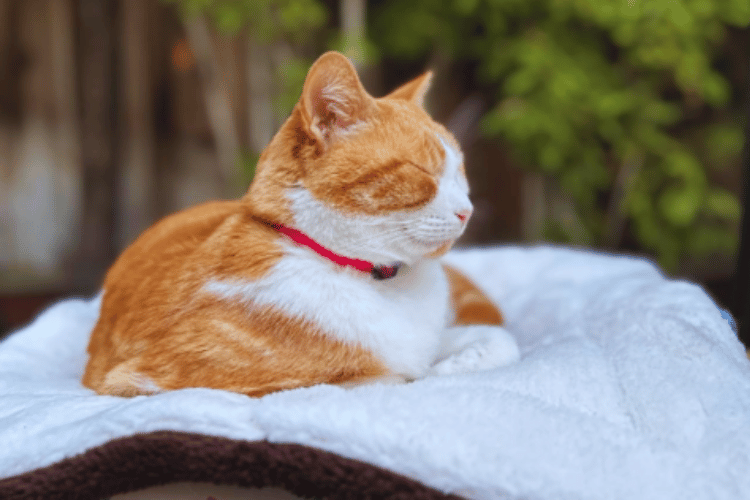
Keeping Cats Cool: The Basics
To keep your cat cool, ensure they have access to fresh water at all times. Water bowls should be placed in various locations around the house, and consider using a water fountain to encourage them to drink more. Ice cubes can be a welcome relief, and placing them in water bowls or making ice treats can help prevent dehydration.
The Indoor Advantage
Indoor cats are generally safer during a heatwave as they are not exposed to the direct sun. However, it's still important to create a cool environment indoors. Open windows to allow a breeze, but ensure screens are secure to prevent falls. A cooling mat or damp towels in a shady spot can offer a cool place for your cat to relax.
Hydration is Key
Keeping cats hydrated is vital in hot weather. Alongside multiple water bowls, consider offering wet food, which has a higher moisture content than dry kibble. This can help increase their fluid intake. Avoid using a metal bowl for water as it can heat up quickly; instead, opt for ceramic or plastic.
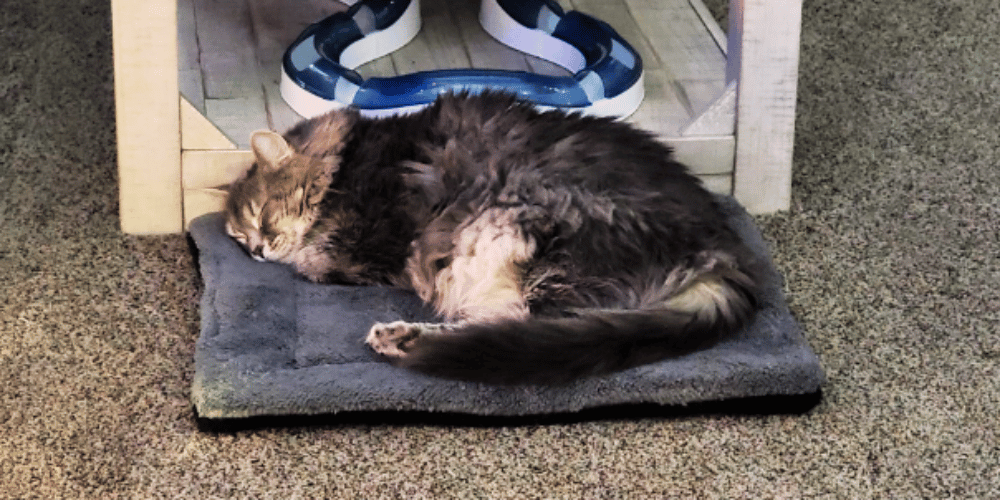
Sun Protection for Cats
Just like humans, cats need protection from the sun's harmful rays. Apply pet safe sun cream to areas of your cat's skin that are exposed, such as the tips of the ears and nose. Be sure to use products that are cat safe, as some ingredients like zinc oxide can be toxic if ingested.
Cooling Strategies for Long Haired Cats
Long haired cats can often struggle more in warm weather due to their thick coats. To keep your cool cat comfortable, consider giving them a summer trim. This doesn't mean shaving their fur off completely, which can actually harm their skin, but a slight trim can make a big difference.
Regular grooming also helps remove excess fur and can prevent heat retention. Brushing your cat more frequently during a heatwave can aid in thinning out their undercoat, which is a natural insulating layer that can cause them to overheat.
Another effective method to keep your long haired cat cool is to use a damp towel. Gently rubbing your cat with a towel dampened with cool water can provide immediate relief. The evaporating water helps lower the cat's skin temperature, mimicking their natural process of sweating through their paws.
Always ensure the towel is just damp and not soaking wet, as too much water can make the cat uncomfortable and chill them too quickly. It's a simple yet effective way to help your cat beat the heat.
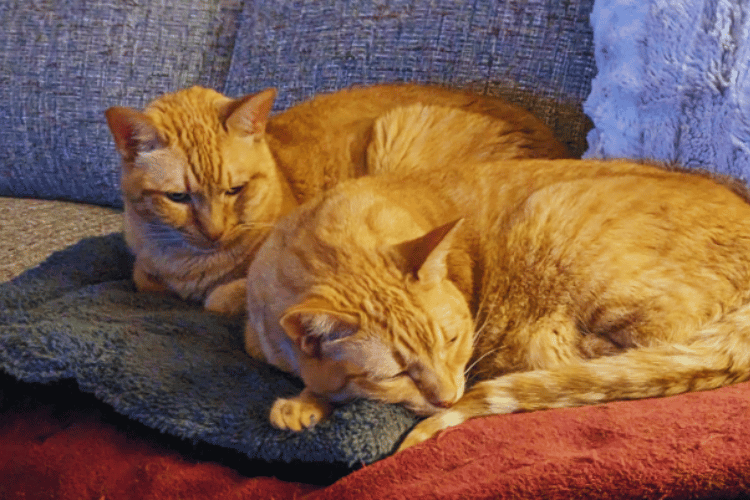
Safe Outdoor Considerations for Cats
During hot days, it's crucial to check sheds and greenhouses before locking them up, as cats may sneak in seeking a shady spot and can quickly become trapped. The temperature inside these structures can soar, putting your pet at risk of heatstroke.
If your cat does spend time outdoors, create shaded areas and ensure they have access to plenty of fresh water. A water bowl in a shaded spot can encourage your cat to stay hydrated and cool.
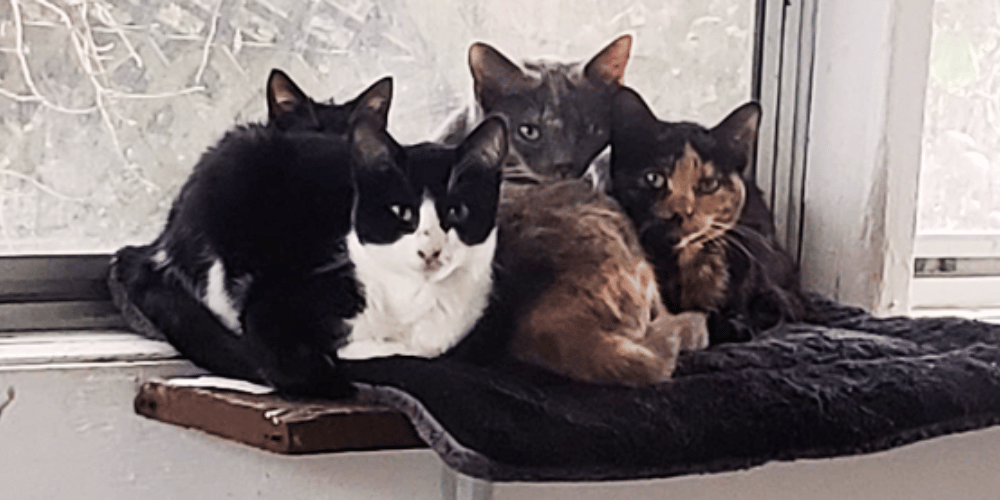
For those times when your cat is outdoors during the hottest part of the day, consider applying sun cream to their ears and nose, especially if they have light-colored fur. Cat's skin can be susceptible to sunburn, and areas with less fur are particularly vulnerable. Use a sun cream that is specifically designed for pets to avoid any harmful chemicals.
Additionally, always provide an easy way for your cat to retreat back indoors where it's cooler, ensuring they have the best of both worlds while staying safe and comfortable.
Recognizing Heat Stroke in Cats
Heat stroke is a serious condition that requires immediate attention. Signs include panting, lethargy, drooling, or vomiting. If you suspect your cat is suffering from heat stroke, move them to a cool place and apply damp towels to their body. Do not use ice packs as this can shock their system. Contact your vet immediately.
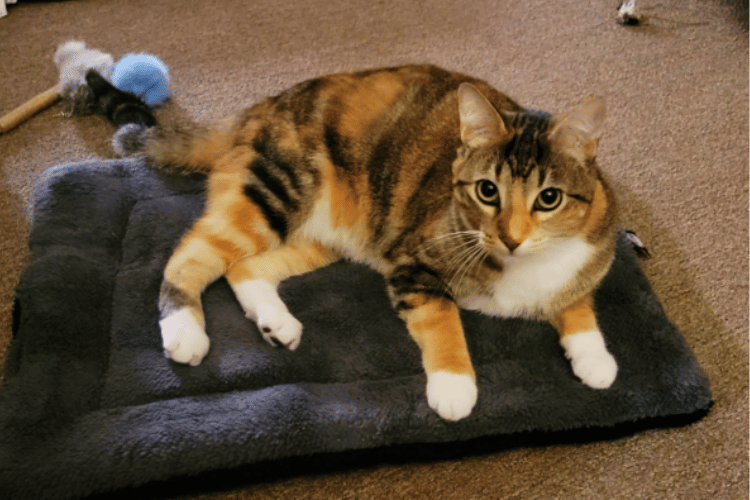
Special Considerations for Outdoor Cats
Outdoor cats may seek shade and cool places naturally, but during extreme temperatures, it's safer to keep them indoors during the hottest parts of the day. Check sheds and greenhouses to ensure your cat hasn't been accidentally locked in, as these can quickly become dangerously hot.
Creating a Cool Sanctuary
Transform a part of your home into a cool sanctuary for your cat. This could be a room with tiled floors or access to a basement. Provide plenty of shady spots and consider a fan or air conditioning to help circulate the air and keep the room at a comfortable temperature.
Monitoring Your Cat's Health
Older cats and those with existing health issues are more vulnerable in hot weather. Monitor your cat closely for any signs of distress and maintain regular vet check-ups to ensure they are in good health. Staying cool is not just about comfort; it's about keeping your cat healthy.
Engaging in Safe Play
Even in warmer weather, cats need stimulation. Engage in light play during the cooler hours of the day to prevent overexertion. Cooling toys or ice packs wrapped in towels can provide entertainment while helping your cat stay cool.
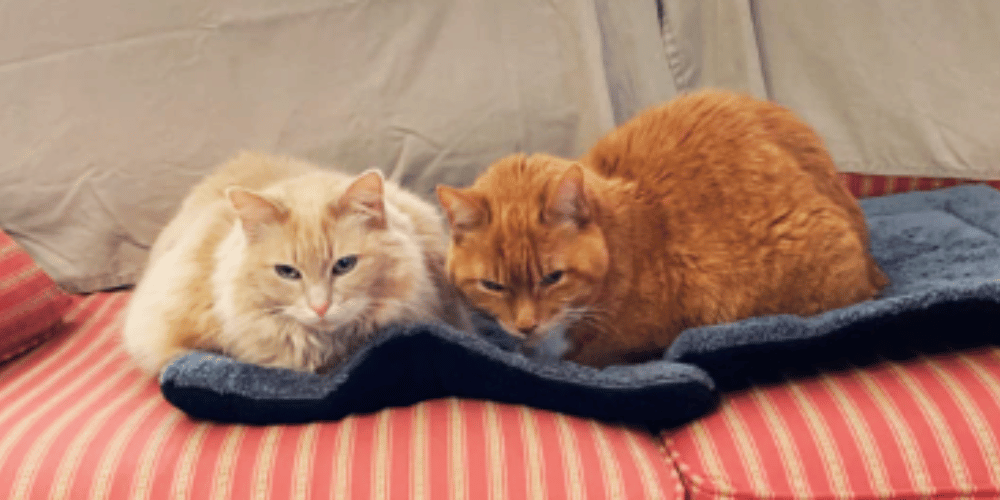
Summary
During a heatwave, the safety and comfort of your cat should be a top priority. Keeping cats indoors, ensuring they are hydrated, and providing a cool environment can significantly reduce the risks associated with hot weather. By being proactive and attentive, you can help your cat enjoy the summer months safely and comfortably.
FAQ Section
How often should I change my cat's water during a heatwave?
Fresh water should be available at all times, so it's best to change the water at least twice a day to keep it cool and clean.
Can I leave my cat alone in an air-conditioned room?
Yes, you can leave your cat in an air-conditioned room, but make sure they have access to water and that the temperature is not set too low, as this could be uncomfortable for them.
What if my cat doesn't like wet food?
If your cat prefers dry food, try adding a little water to it or offering a separate bowl of broth to encourage fluid intake. Always ensure there is plenty of fresh water available.
Thank you for visiting LegitLists we hope this helps you make a legitimate choice!






